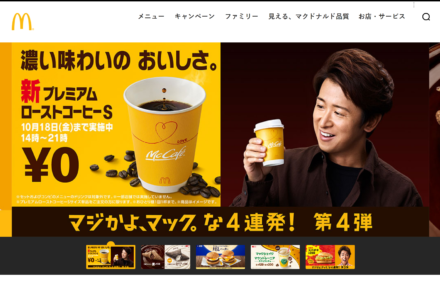
How colour affects international marketing campaigns
In marketing, the importance of colour is widely known. Different colours will be used in different contexts – some examples include:
- Whether you’re a premium brand or a discount brand
- Whether your campaign is supposed to be fun or serious
- Whether your target audience is old or young, male or female, and so on
However, colours mean different things around the world. The same colour can have completely different connotations across cultures. As a marketer, it’s important to understand the meanings or symbolism attached to your brand or website colours in your chosen markets, so you can plan your strategy accordingly.
Let’s look at some examples

Chinese New Year
The colour red:
- In Western cultures, red has both positive and negative connotations. In a positive sense, it’s the colour of passion and excitement (think Valentine’s red roses and red love hearts). In a negative sense, it’s the colour of danger – think stop signs and warning signs. It can also be associated – for older people with memories of the Cold War – with Communism.
- In Eastern and Asian cultures, red is typically the colour of happiness. Indian brides wear red on their wedding day. In China, red envelopes containing money are gifted to promote good luck. It’s the main colour associated with Chinese New Year, symbolising new beginnings and renewal.
- In Latin America, red can be the colour of religion when associated with white. In combination with black, it can be associated with conflict or even war.
Research has shown that the colours blue, green and white tend to be well-liked across cultures and share broadly similar meanings. The colours black and red are also well-liked but their cultural meanings can vary considerably (per the example above).
People who live in sunnier climates often prefer warm bright colours, whilst those who live with cooler weather prefer less saturated tones. Think of the bright fabrics traditionally worn in much of Africa and the Caribbean, and contrast with the cool greys and neutrals fashionable in Scandinavian countries.

‘Blau sein’
There’s also a linguistic or idiomatic dimension to colour. For example:
- In English, we say “feeling blue” to mean feeling sad or depressed
- In German, “blau sein” (“to be blue”) means to be drunk
The choice for brands is whether to follow a one-size-fits-all colour palette around the world, or whether to customise by region. The decision will ultimately come down to your objective, your sector, your budget etc. Notably, brands like McDonald’s tend to have different websites and colours in different countries (similar to how the menu varies around the world to cater to regional preferences).
UX & CRO
Evidently, there are many factors to consider. Aside from the potential embarrassment of getting it wrong – by using a colour in an inappropriate context– the choice of colours (and imagery) for website headers, emails, and social media profiles can affect conversion rate. Something as simple as the colour of a website button can affect the number of people who click on it.
From a UX and CRO point of view, there’s a clear commercial reason to get this right too, and often small tweaks can generate disproportionately large outcomes.
There are several tools that can help you evaluate the use of colour in your site from an accessibility point of view, such as:
Local insight
However, one of the best ways to make sure you get this right is to ask a local expert. Oban works with a network of more than 450 LIMEs (Local In-Market Experts), who are based in over 80 countries. They can be used to discover cultural nuances, including how certain colours will be perceived in-market. With their insight, you can learn whether a campaign makes sense with a particular colour, or if it would benefit from a different one.
Using research and the local knowledge of an in-market expert is the best way for a company to check how the colours (and indeed, overall imagery and messaging) would work in your target market.
 Az Ahmed | Marketing Manager, Oban International
Az Ahmed | Marketing Manager, Oban International
Oban International is the digital marketing agency specialising in international expansion. Our LIME (Local In-Market Expert) Network provides up to date cultural input and insights from over 80 markets around the world, helping clients realise the best marketing opportunities and avoid the costliest mistakes.





